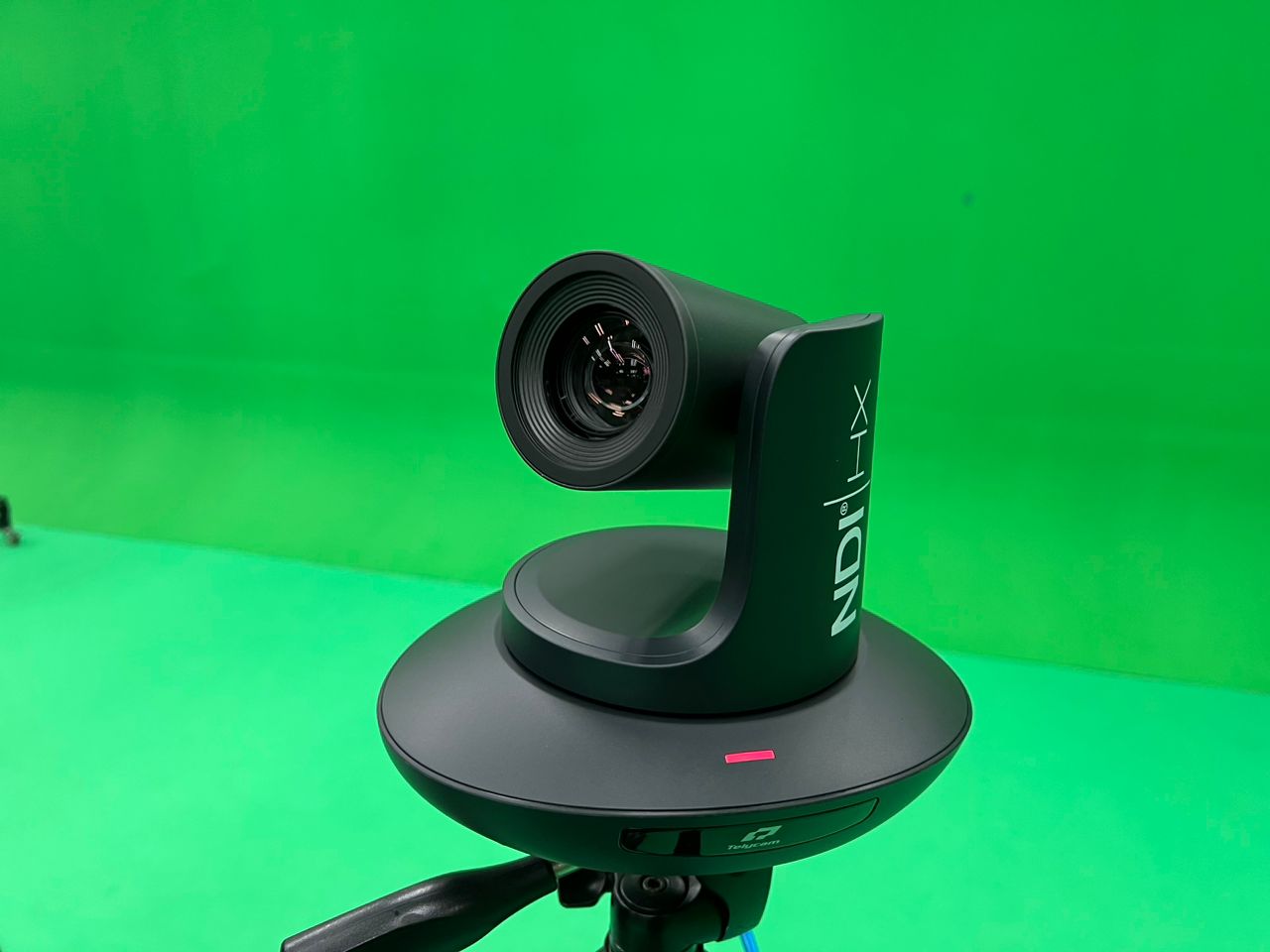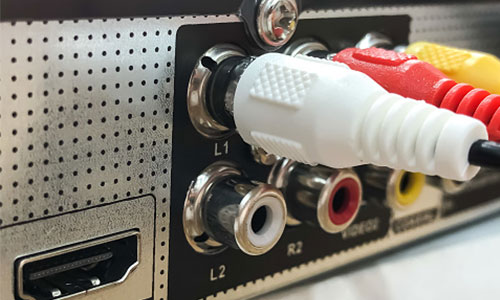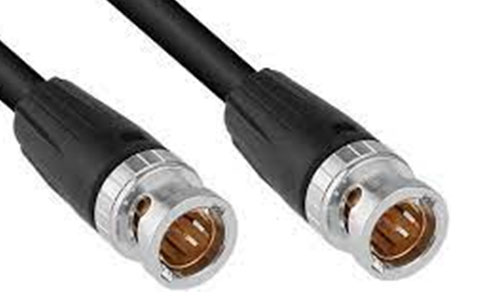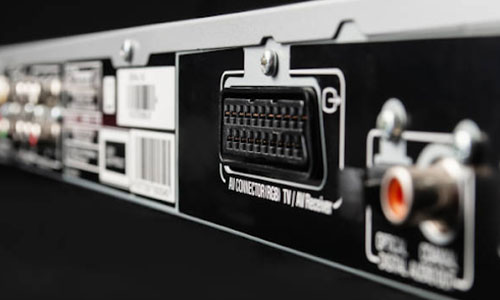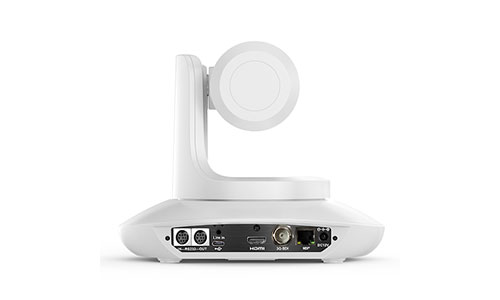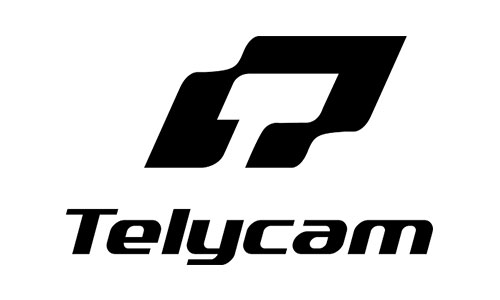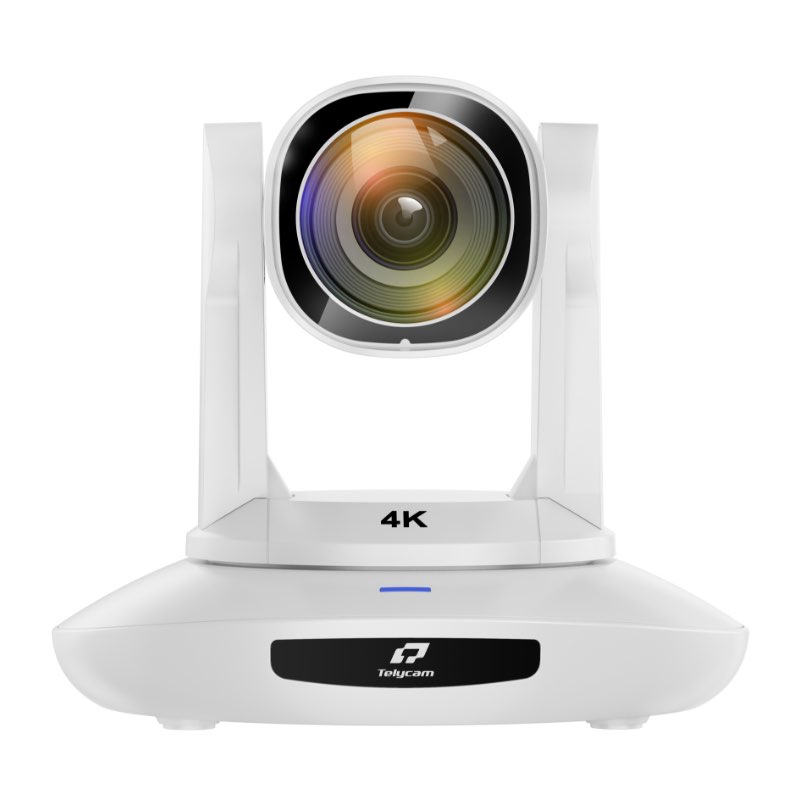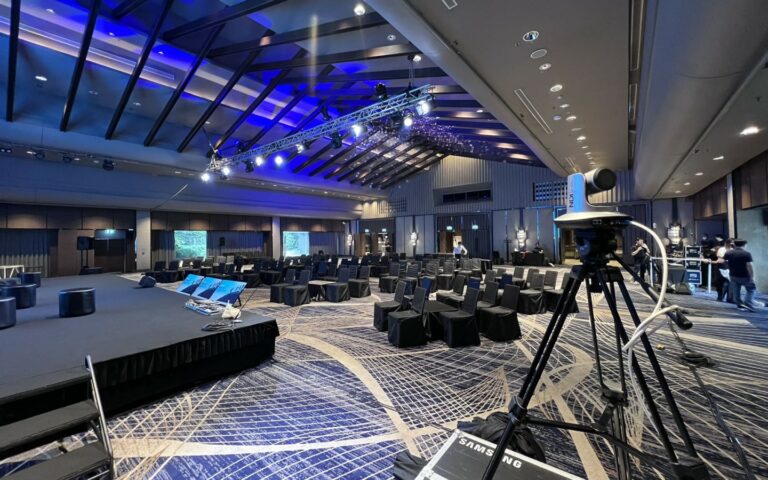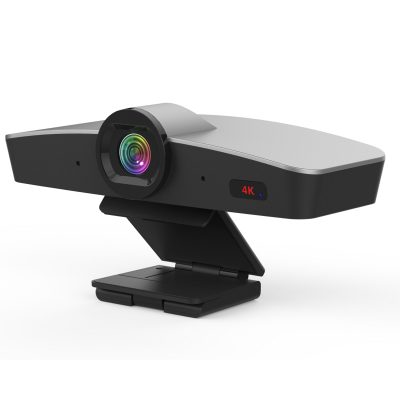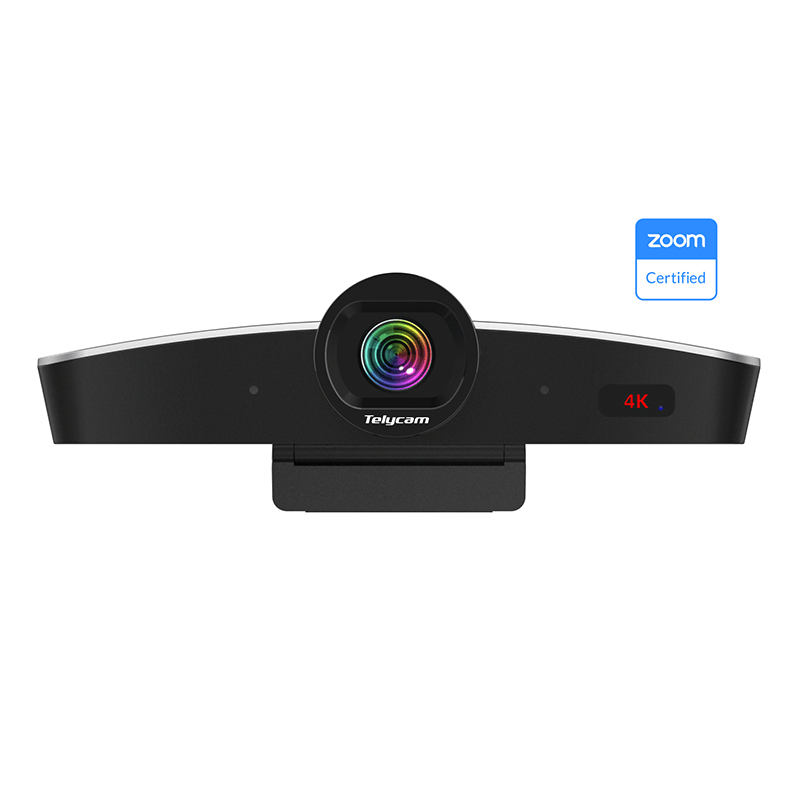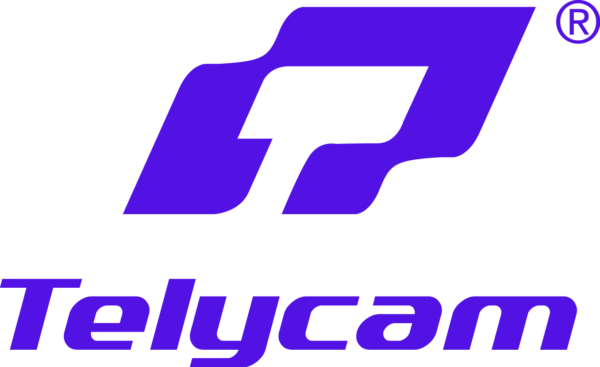Easier and faster deployment: The SRT and NDI protocols are very lightweight, which means they can be deployed in minutes. In comparison, the other popular streaming technologies require special hardware or software that needs to be installed on your computer. This is not only annoying but also takes a lot of time to install and configure everything. With SRT and NDI, you don't need to do any extra work to get started. All you need is a video source (e.g., webcam) and a streaming server (e.g., Wirecast). You can start streaming right away!
